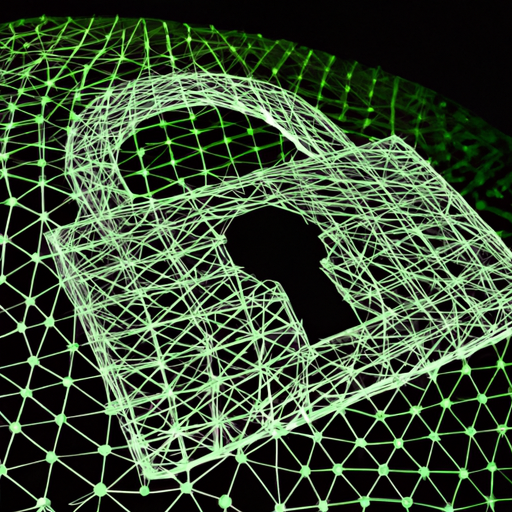In today’s digital age, cybersecurity has become a paramount concern for businesses and individuals alike. With the rise of sophisticated cyber threats, the traditional perimeter-based defense mechanisms are no longer sufficient. This is where the concept of Cybersecurity Mesh comes into play, revolutionizing the way organizations approach their security strategies.
What is Cybersecurity Mesh?
Cybersecurity Mesh is a decentralized security architecture that allows for a more flexible and adaptable approach to cybersecurity. Instead of relying on a single point of defense, it distributes security capabilities across the entire digital ecosystem of an organization. This means that security measures are integrated closely with each digital asset, offering a more robust defense against cyber threats.
Key Benefits of Cybersecurity Mesh
- Enhanced Flexibility: With a cybersecurity mesh, organizations can tailor their security measures according to specific needs, allowing for greater responsiveness to evolving threats.
- Improved Collaboration: This architecture promotes collaboration between different security solutions, enabling organizations to create a comprehensive defense system that can respond to threats more effectively.
- Decentralized Control: By distributing security controls across various locations, organizations can reduce the risks associated with a single point of failure in traditional systems.
- Scalability: Cybersecurity Mesh supports the scalability of security strategies, making it easier for organizations to expand their security capabilities as they grow.
How to Implement Cybersecurity Mesh?
To implement a cybersecurity mesh, organizations should consider the following steps:
- Assess Current Security Posture: Evaluate existing security measures and identify areas that require improvement.
- Develop a Framework: Establish a framework for integrating security across all digital assets, including endpoints, networks, and applications.
- Utilize Advanced Technologies: Leverage advanced technologies such as AI and machine learning to automate and enhance security processes.
- Promote Security Culture: Foster a culture of cybersecurity awareness within the organization by providing training and resources to employees.
Conclusion
As cyber threats continue to evolve, adopting a Cybersecurity Mesh architecture can serve as a critical component of a proactive defense strategy. By embracing this decentralized approach, organizations can better protect their digital assets and ensure a more resilient response to potential breaches. Remember that in the realm of cybersecurity, adopting innovative strategies is key to safeguarding your organization’s future.
For more insights on cybersecurity trends and best practices, stay tuned to our blog!




